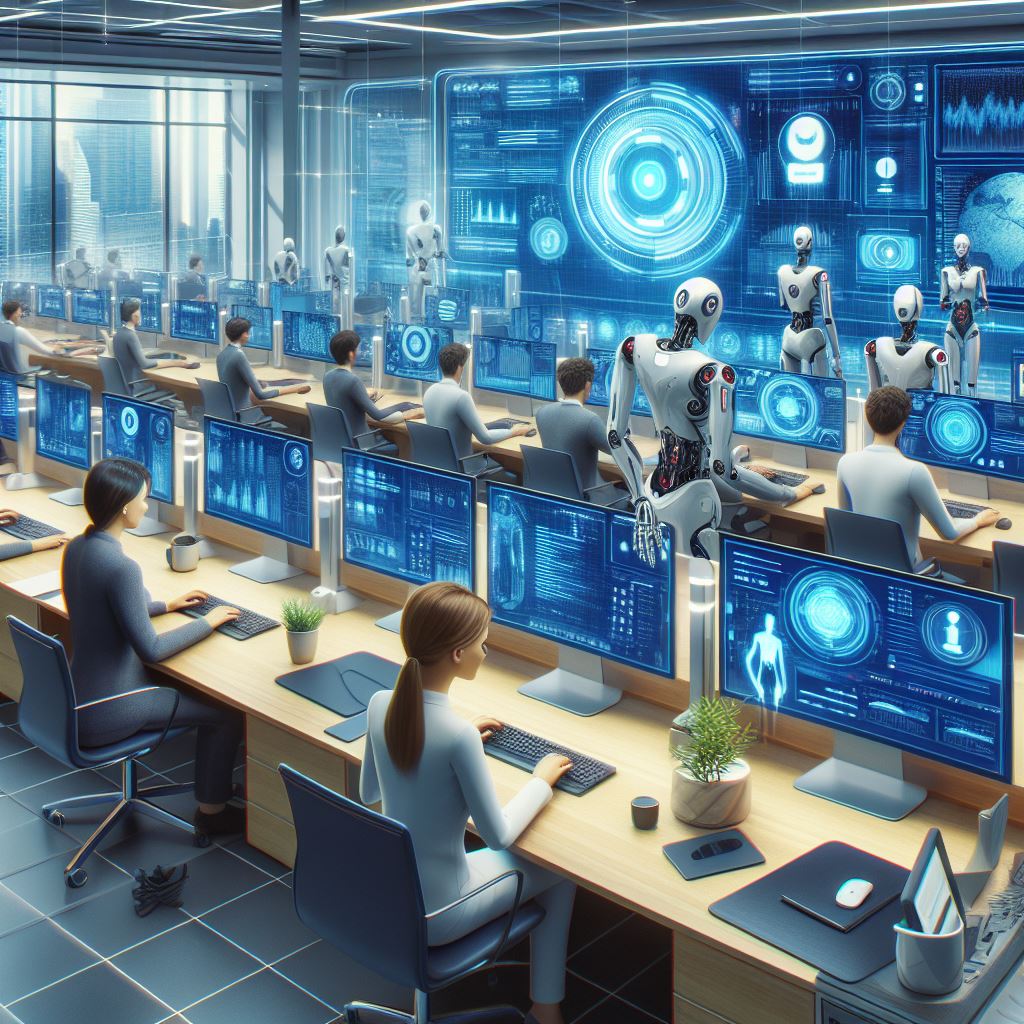In recent years, the rapid rise of AI has transformed the way we work. From automating repetitive tasks to making data-driven decisions, AI is reshaping office environments and revolutionizing the future of work. Let’s delve into how workplace AI can lead to better, safer, and more efficient workspaces.

Understanding Workplace AI
Artificial intelligence encompasses technologies that mimic human interaction and intelligence. These include speech recognition, reasoning, decision-making, and pattern identification. In the workplace, AI systems use algorithms to solve complex problems and automate simple or repetitive tasks. Here are some key areas where AI is making an impact:
- Automation: AI streamlines processes by automating tasks. Whether it’s automated responders, customer service bots, or smart assistants, AI maximizes efficiency by handling routine activities. Data entry, payroll processing, and appointment scheduling are just a few examples.
- Data-Informed Decisions: AI analyzes vast amounts of data to provide insights. Organizations can make better decisions based on data-driven recommendations. From sales forecasting to resource allocation, AI enhances decision-making across the board.
- Predictive Maintenance: AI predicts equipment failures and maintenance needs. By monitoring machinery and infrastructure, organizations can prevent costly breakdowns and ensure smooth operations.
- Greener Offices: AI optimizes energy usage and resource allocation. Smart lighting, heating, and cooling systems adjust based on occupancy, contributing to sustainability efforts.
- Safer Offices: AI enhances security through facial recognition, access control, and surveillance. It helps prevent unauthorized access and ensures a secure work environment.

Benefits of Workplace AI
- Cost Savings: Workplace AI reduces operational costs by automating tasks, minimizing errors, and optimizing resource utilization. Whether it’s streamlining supply chains or managing inventory, AI contributes to the bottom line.
- Data-Informed Decisions: AI provides actionable insights by analyzing data patterns. Organizations can make informed choices, leading to better outcomes.
- Predictive Maintenance: By predicting equipment failures, AI prevents costly downtime and maintenance emergencies.
- Greener Offices: Energy-efficient AI systems contribute to sustainability goals, reducing environmental impact.
- Safer Offices: AI enhances security protocols, safeguarding employees and assets.
In conclusion, workplace AI is no longer a luxury—it’s a competitive necessity. Organizations that embrace AI and deploy it at scale will unlock its full potential, creating more efficient, data-driven, and inclusive work environments.

Remember, while AI brings immense benefits, successful implementation requires understanding, proper deployment, and ongoing learning. As we navigate this AI-powered future, let’s harness its capabilities to build workplaces that thrive.


